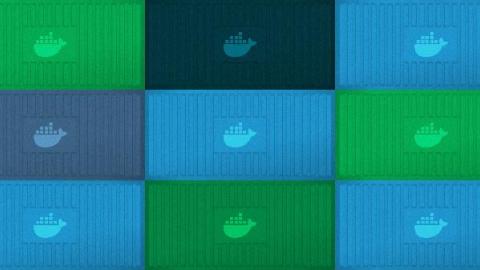Guide to using Docker for your CI/CD pipelines
Docker is a platform for developers and sysadmins to develop, deploy, and run applications using containers. Docker is also referred to as an application packaging tool. This means that enabled applications can be configured and packaged into a Docker image that can be used to spawn Docker containers that run instances of the application. It provides many benefits including runtime environment isolation, consistency via code, and portability.











